How to Manage Unpleasant Candida Diet Side Effects
This post will discuss candida diet side effects and explain how to manage them.

Candida overgrowth is often associated with unpleasant symptoms and conditions that can impact your quality of life. As you heal and remove the candida yeast from the body, a common phenomenon called candida die-off (or Herxheimer reaction) occurs which causes an adverse reaction to toxins being released in your body.
Side effects of candida die-off can take you off guard because you feel worse and symptoms, such as fever, rapid heart rate, and forgetfulness, can appear suddenly. Luckily, depending on how well you care for these side effects, you can manage these unpleasant symptoms effectively.
Table of Contents
What Is Candida?
Candida is a type of yeast that naturally resides in the human body, primarily in the gut, mouth, and skin. Under normal circumstances, Candida is helpful and plays a beneficial role in maintaining microbial balance.
Candida overgrowth is caused by the overabundance of yeast in the body which can lead to various health issues ranging from mild to severe (e.g., digestive problems to skin irritations).
Factors such as a weakened immune system, prolonged antibiotic use, excessive stress, and a diet high in refined sugars can disrupt this balance, leading to Candida overgrowth. It’s when Candida yeast overpopulates the good bacteria that it can cause a myriad of health issues, including chronic fatigue, digestive disturbances, and recurrent yeast infections.
The Candida Diet Explained
The Candida diet outlines a list of foods to avoid that may promote the growth of Candida yeast in the body. On a high level, this includes refined sugar and carbohydrates, alcohol, and certain fungi-rich foods from the diet. Instead, the diet emphasizes whole, nutrient-dense foods such as leafy greens, non-starchy vegetables, lean proteins, and healthy fats.
By depriving Candida of its primary fuel source, the Candida diet aims to rebalance the microbiome, strengthen the immune system, and alleviate symptoms associated with Candida overgrowth. While the diet’s primary objective is to promote healing, ironically the Candida diet may elicit various side effects as the body adjusts to dietary changes.
Candida Diet Side Effects
The saying, you may feel worse before you feel better is fitting when it comes to candida diet side effects or candida die-off. Although you may feel temporary relief from removing sugars and starches from your diet, your persistence will be challenged.
As you embark on the cleanse by taking supplements in addition to dietary changes, you may start to experience any of the below:
- Sinus infection, stuffy nose and sore throat
- Low energy
- Headaches or impaired brain function
- Digestive issues (bloating, gas, constipation)
- Muscle aches
- Irritability and anxiety
- Sweating and fever
- Skin breakouts (not limited to face), skin rash and itching
- Insomnia
- Soreness near your liver/abdomen
Initial Worsening of Symptoms
One of the most common side effects individuals may experience when starting the Candida diet is an initial worsening of symptoms. As Candida begins to die off in response to dietary changes, it releases toxins into the bloodstream. While uncomfortable, these symptoms are temporary and can last anywhere from 5 to 10 days and can signify that the body is actively eliminating excess yeast.
Digestive Disturbances
Adopting a Candida diet often involves a significant reduction in carbohydrates and an increase in fiber-rich foods such as vegetables and legumes. As a result, you may experience digestive disturbances such as bloating, gas, and constipation during the initial stages of the diet. These symptoms usually subside as the digestive system adjusts to dietary changes and the gut microbiome begins to rebalance (investing in a good quality probiotic can assist with the discomfort).
Sugar Withdrawal
Sugar cravings are a common byproduct of Candida overgrowth, as the yeast thrives on sugar to grow. Cutting out sugar and refined carbohydrates can trigger withdrawal symptoms such as mood swings, irritability, and intense cravings for sugary foods. Over time, as the body adapts to lower sugar intake, cravings typically diminish, and taste buds become more attuned to natural sweetness found in whole foods.
Nutrient Deficiencies
While the Candida diet emphasizes nutrient-dense foods, strict adherence to the diet may inadvertently lead to nutrient deficiencies, particularly in essential vitamins and minerals such as B vitamins, magnesium, and zinc.
To reduce the risk of nutrient deficiencies, individuals following a Candida diet should focus on incorporating a variety of nutrient-rich foods into their meals and consider supplementation if necessary.
Weight Fluctuations
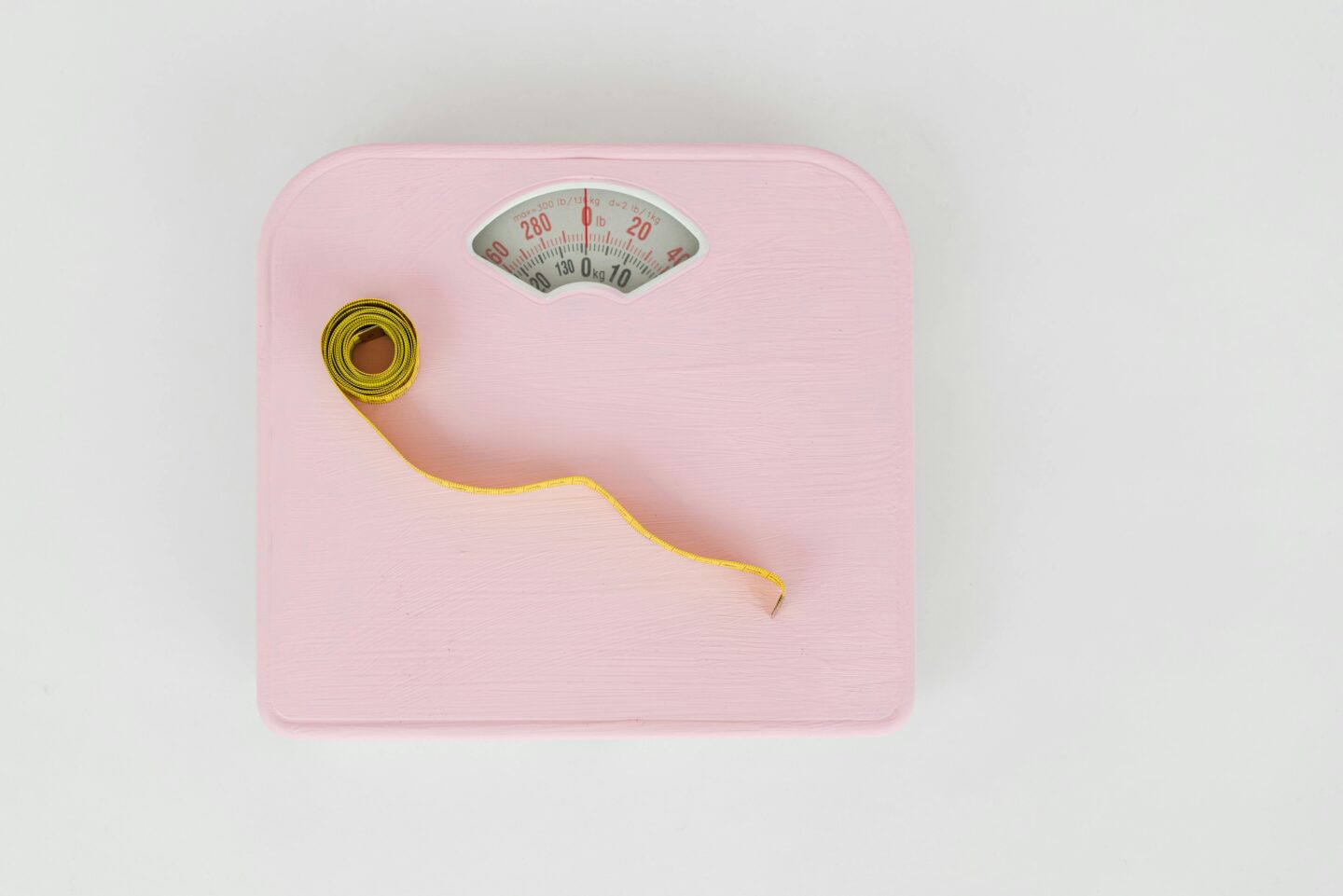
Weight fluctuations are not uncommon when embarking on a Candida diet. Initially, some individuals may experience weight loss as a result of reduced calorie intake and the elimination of sugar-heavy processed foods. However, others may notice weight gain due to factors such as increased consumption of healthy fats and carbohydrates from whole foods. It’s important to remember that weight changes are individualized and may fluctuate as the body adapts to dietary changes.
Managing Candida Diet Side Effects
While experiencing side effects on the Candida diet can be challenging, there are several strategies to help manage symptoms and support the body’s healing process:
Hydration

Staying hydrated is essential for flushing toxins from the body and supporting overall health. Aim to drink approximately 2-3L of water throughout the day to help alleviate symptoms of detoxification and promote optimal hydration.
Gradual Transition
Go easy on yourself. Rather than making drastic dietary changes overnight, consider gradually phasing out inflammatory foods while incorporating nutrient-dense alternatives into your meals. This can help minimize the severity of side effects and allow the body to adjust more gradually to dietary changes.
Supportive Supplements
Certain supplements may help alleviate Candida diet side effects and support the body’s detoxification processes. Good quality probiotics work to replenish beneficial gut bacteria, while antioxidants such as vitamin C and glutathione can help neutralize free radicals generated during detoxification.
Stress Management
Chronic stress can compromise immune function and exacerbate your symptoms. Candida die off anxiety is a real thing however incorporating stress-reduction techniques such as meditation, yoga, and deep breathing exercises can help support overall well-being and promote relaxation during your healing.
Conclusion
- Embarking on a Candida diet can be a transformative step towards reclaiming your health and vitality. While the journey may be accompanied by various side effects, understanding the underlying mechanisms and implementing supportive strategies can help minimize discomfort and facilitate the healing process.
- By prioritizing nutrient-dense foods, supporting the body’s detoxification pathways, and practicing self-care, you can alleviate unpleasant candida diet side effects with greater ease
- Remember, every individual’s experience with the Candida diet is unique, so listen to your body and seek guidance from healthcare professionals if needed.

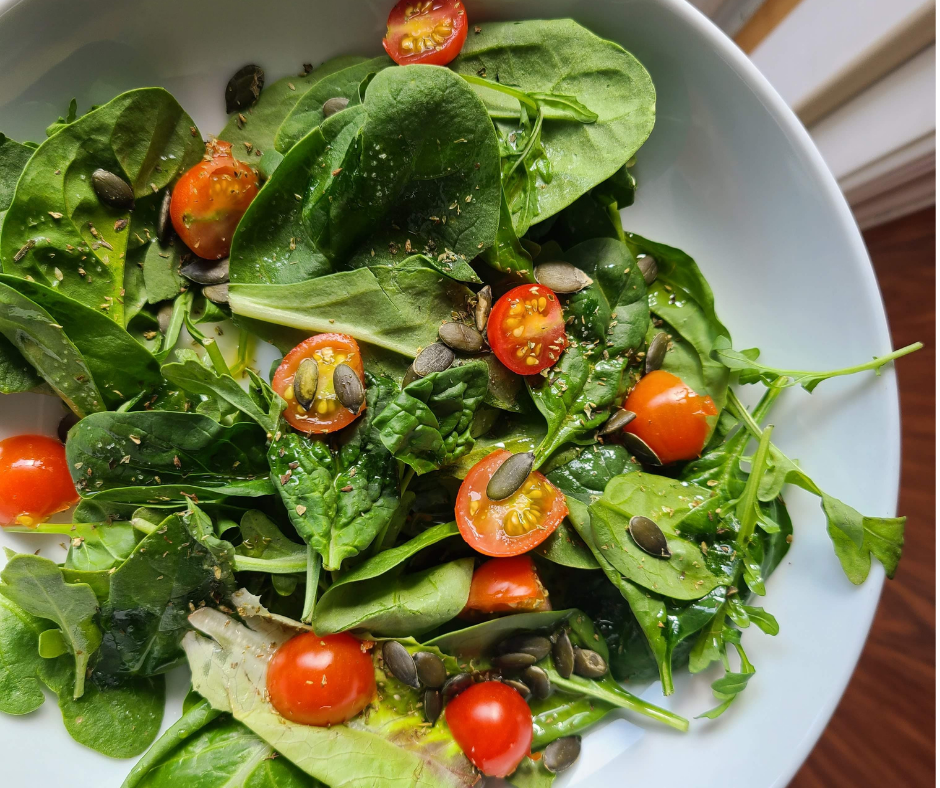
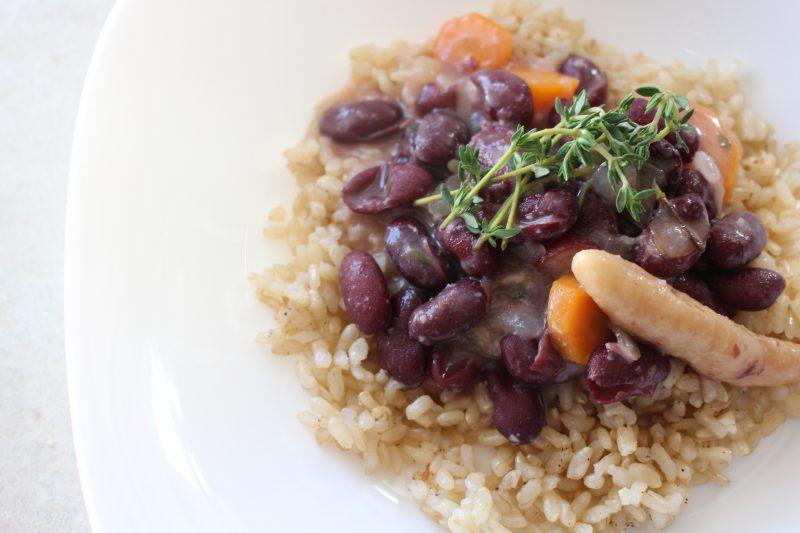

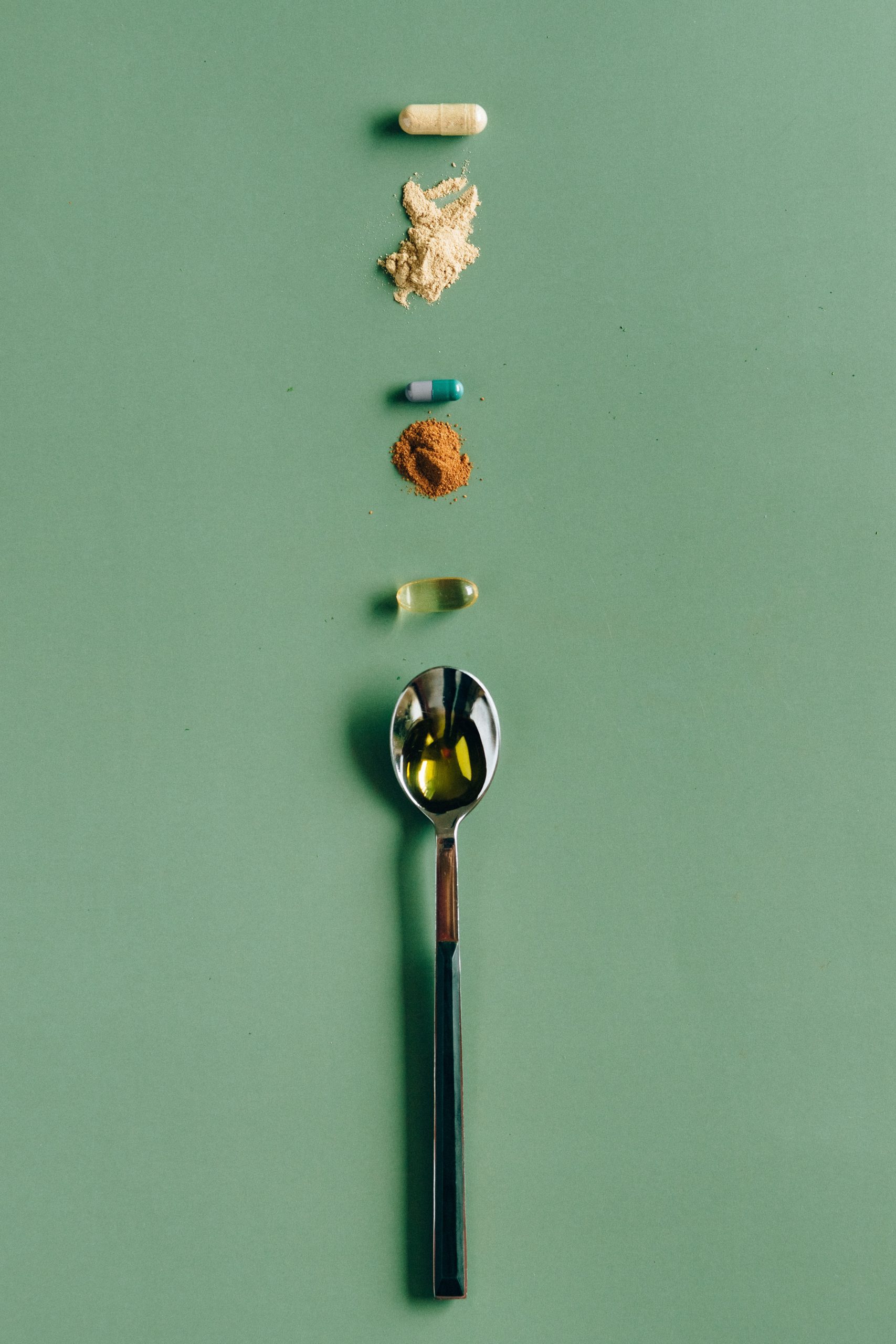
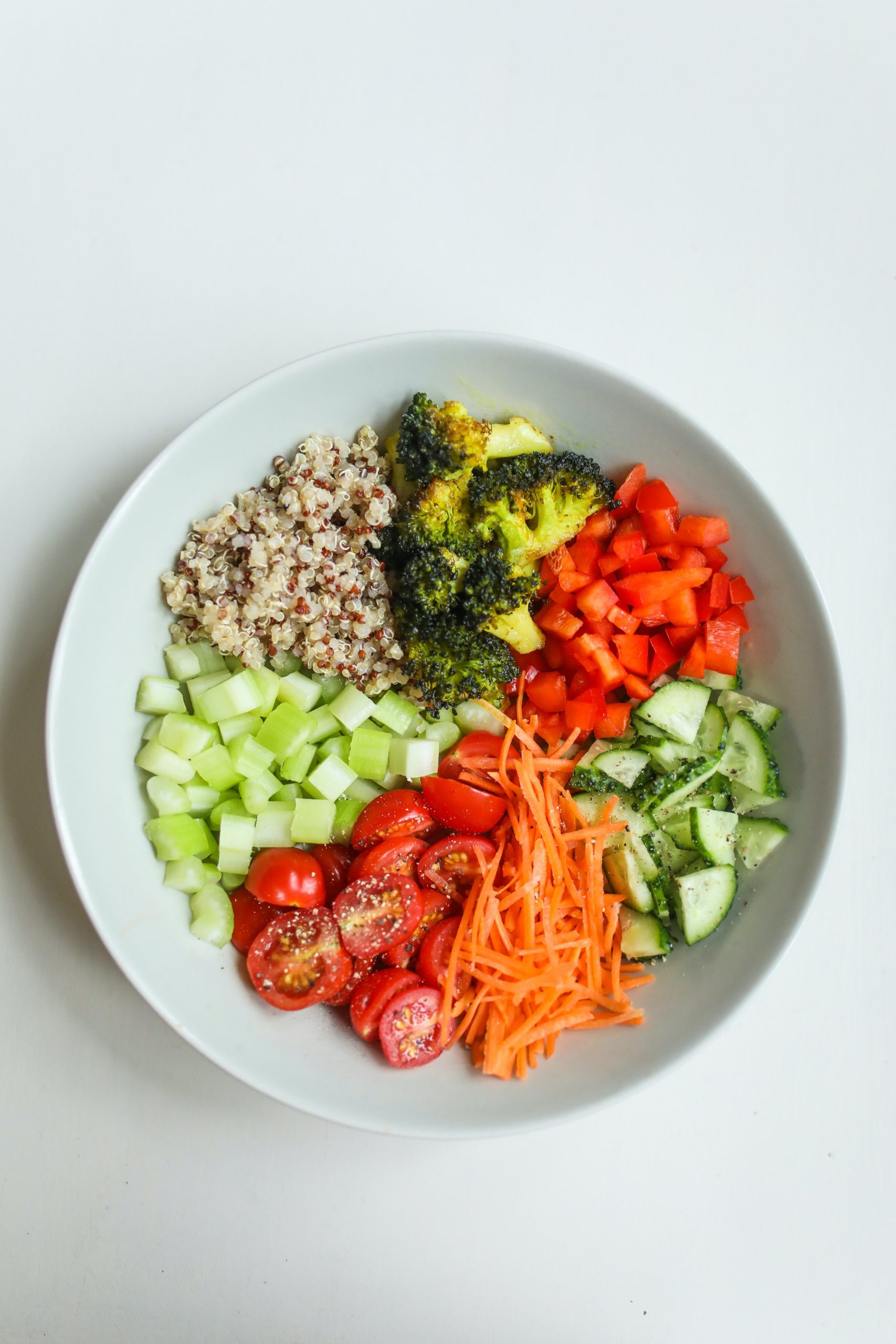

Join the List
Stay up to date & receive the latest posts in your inbox.